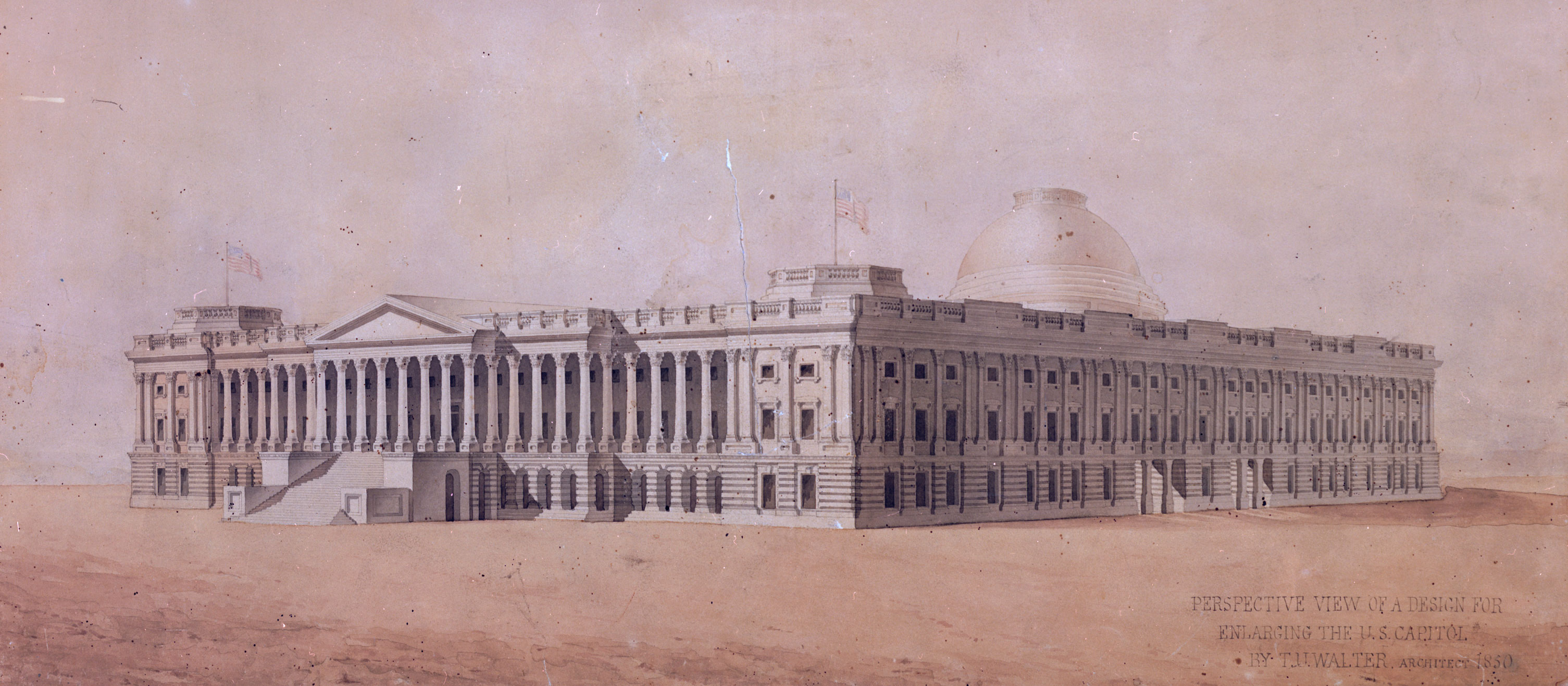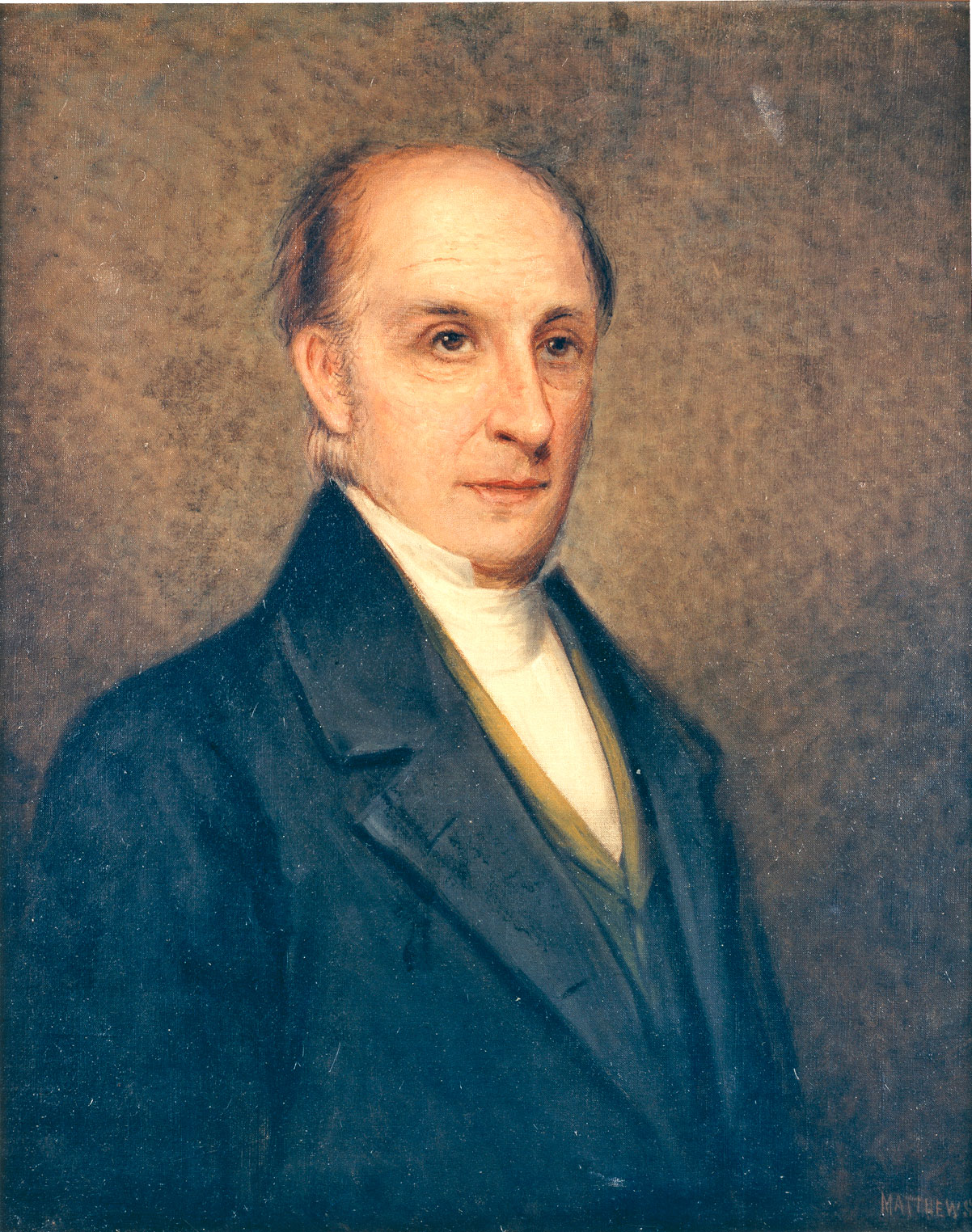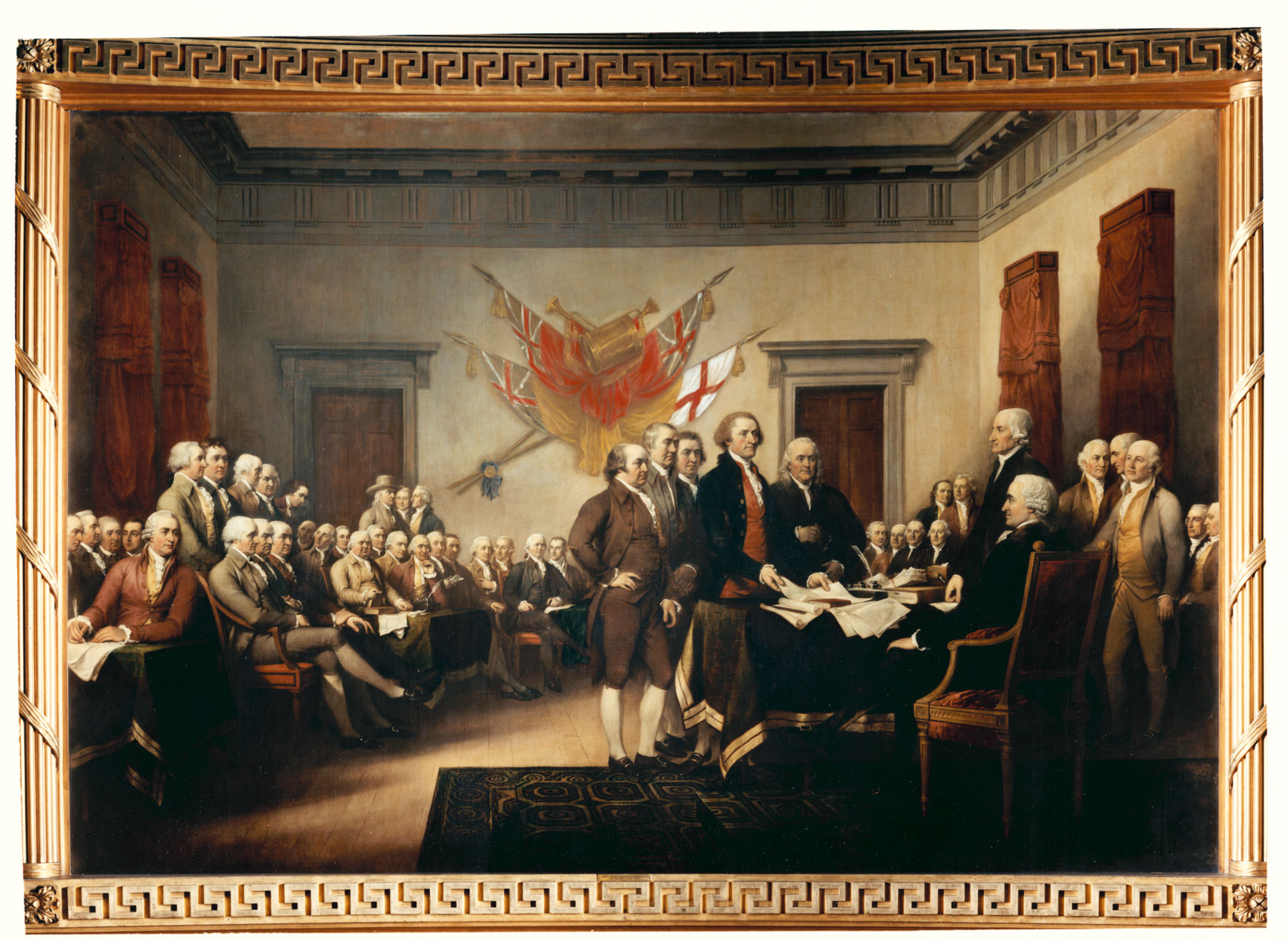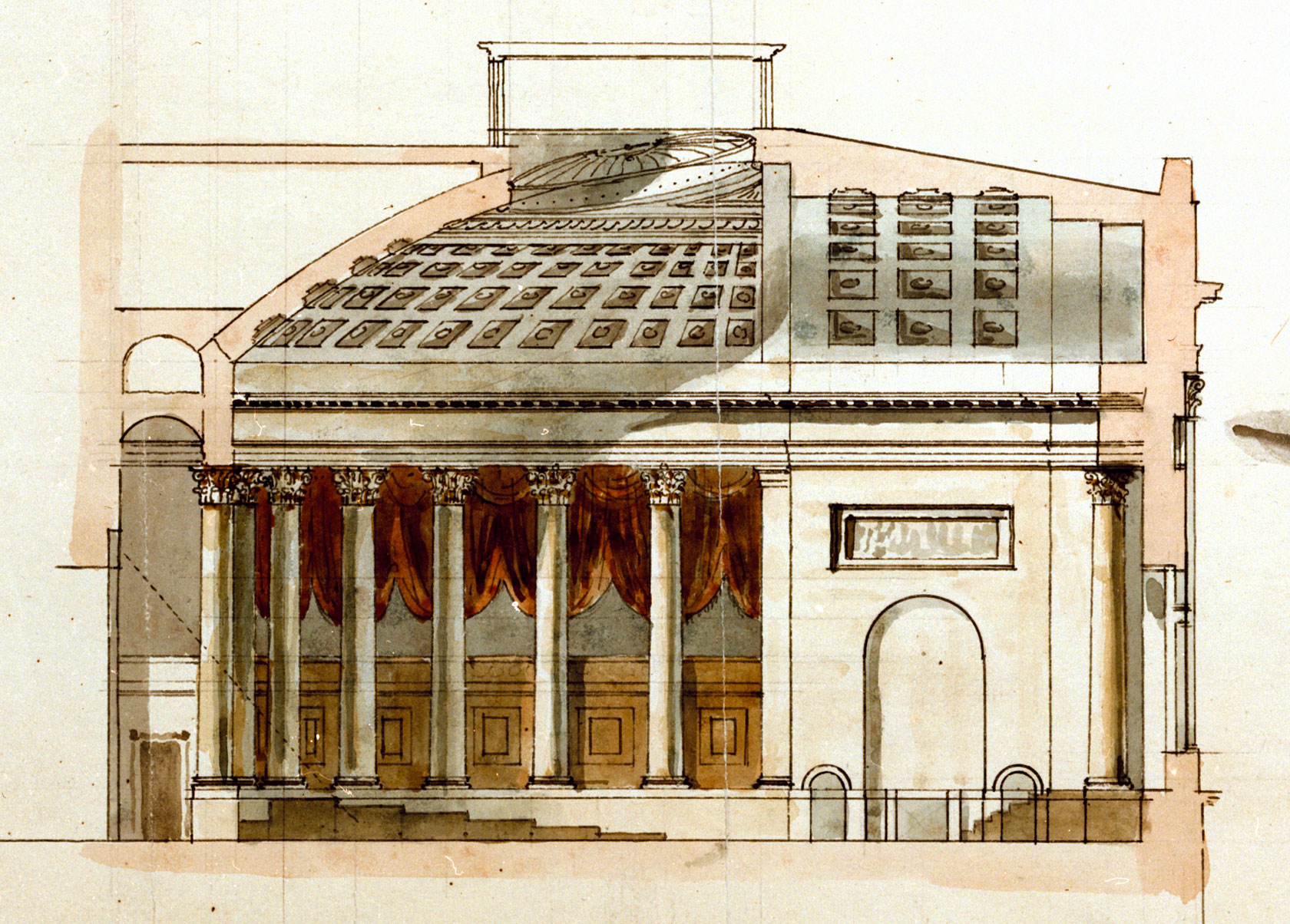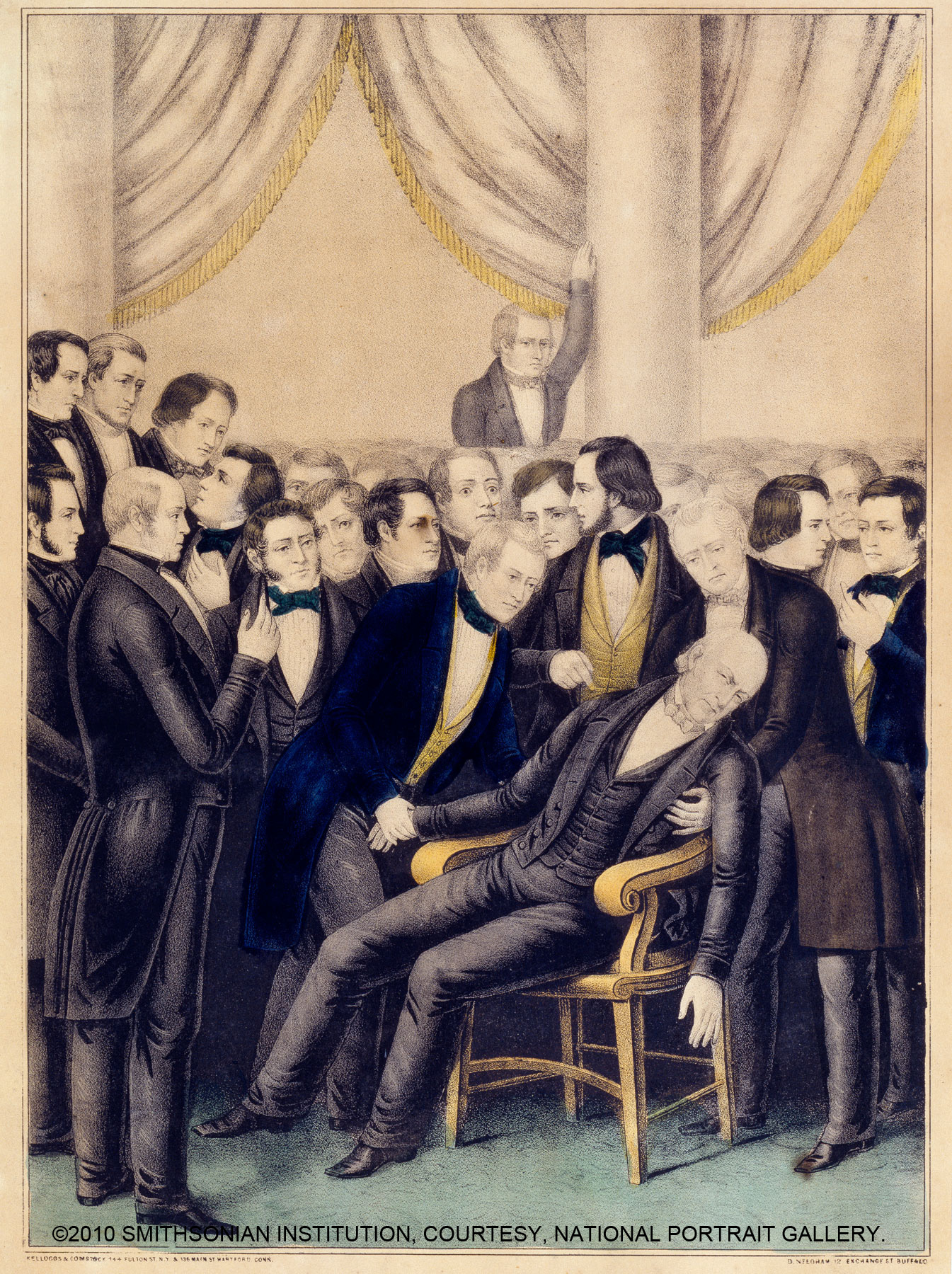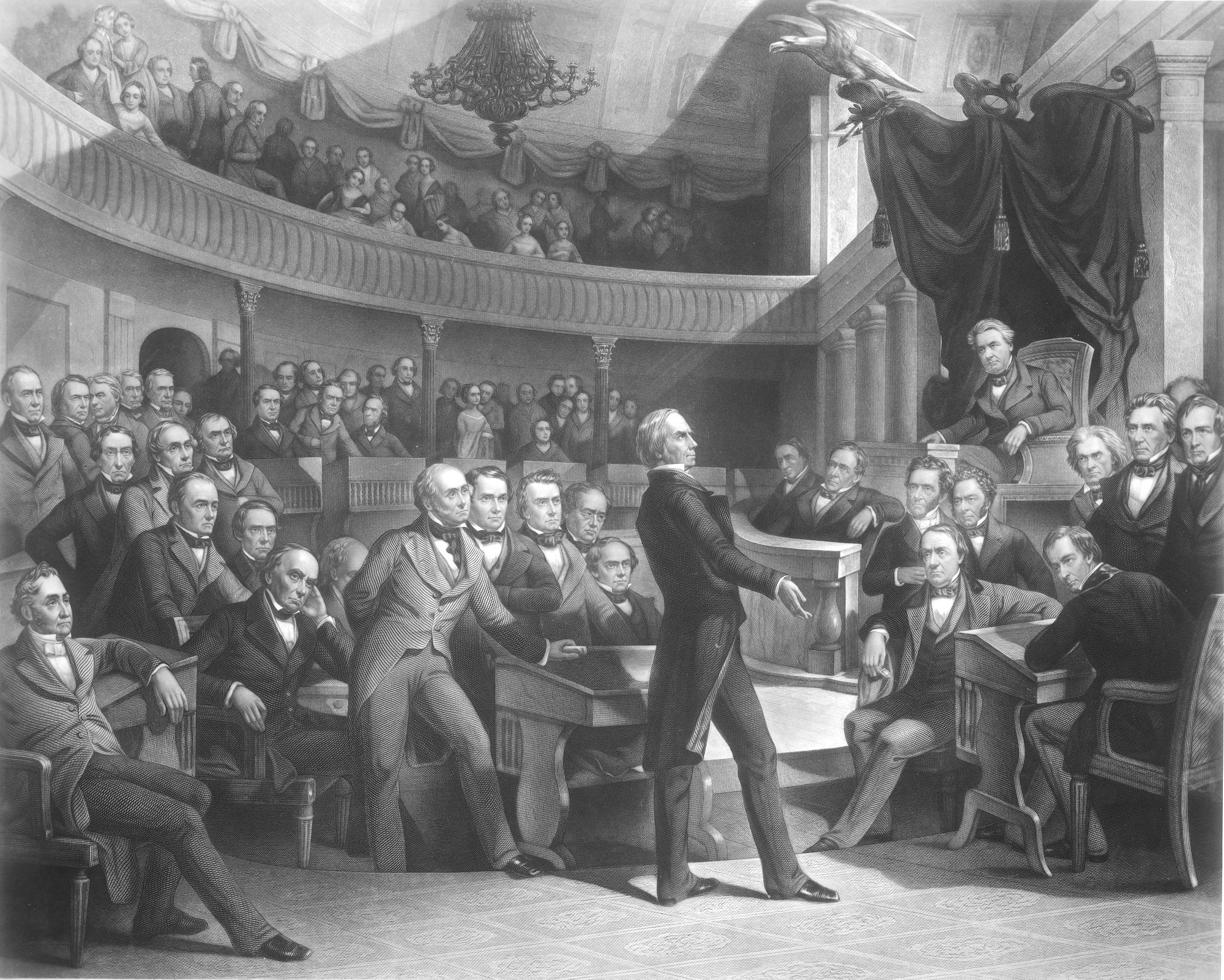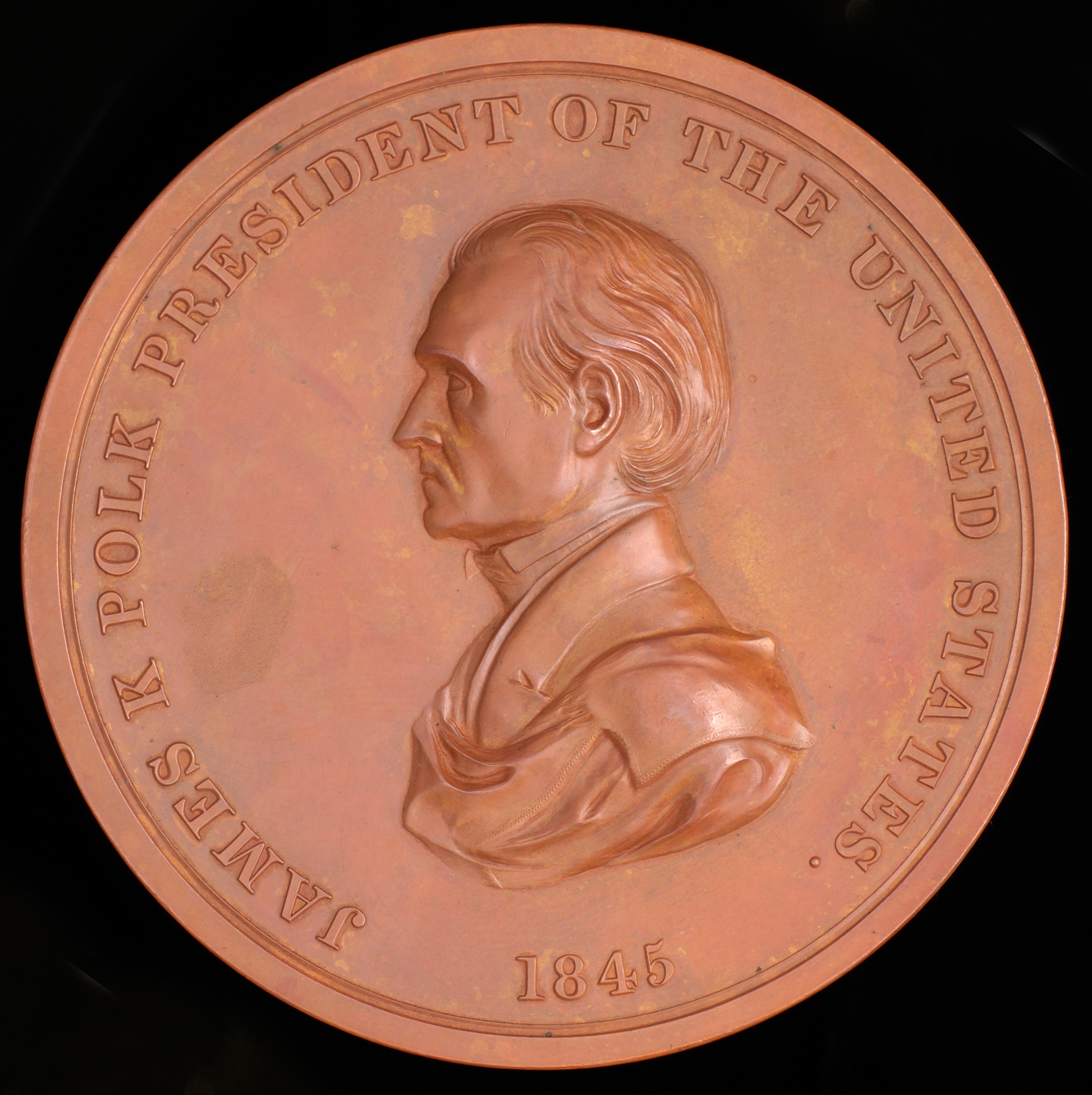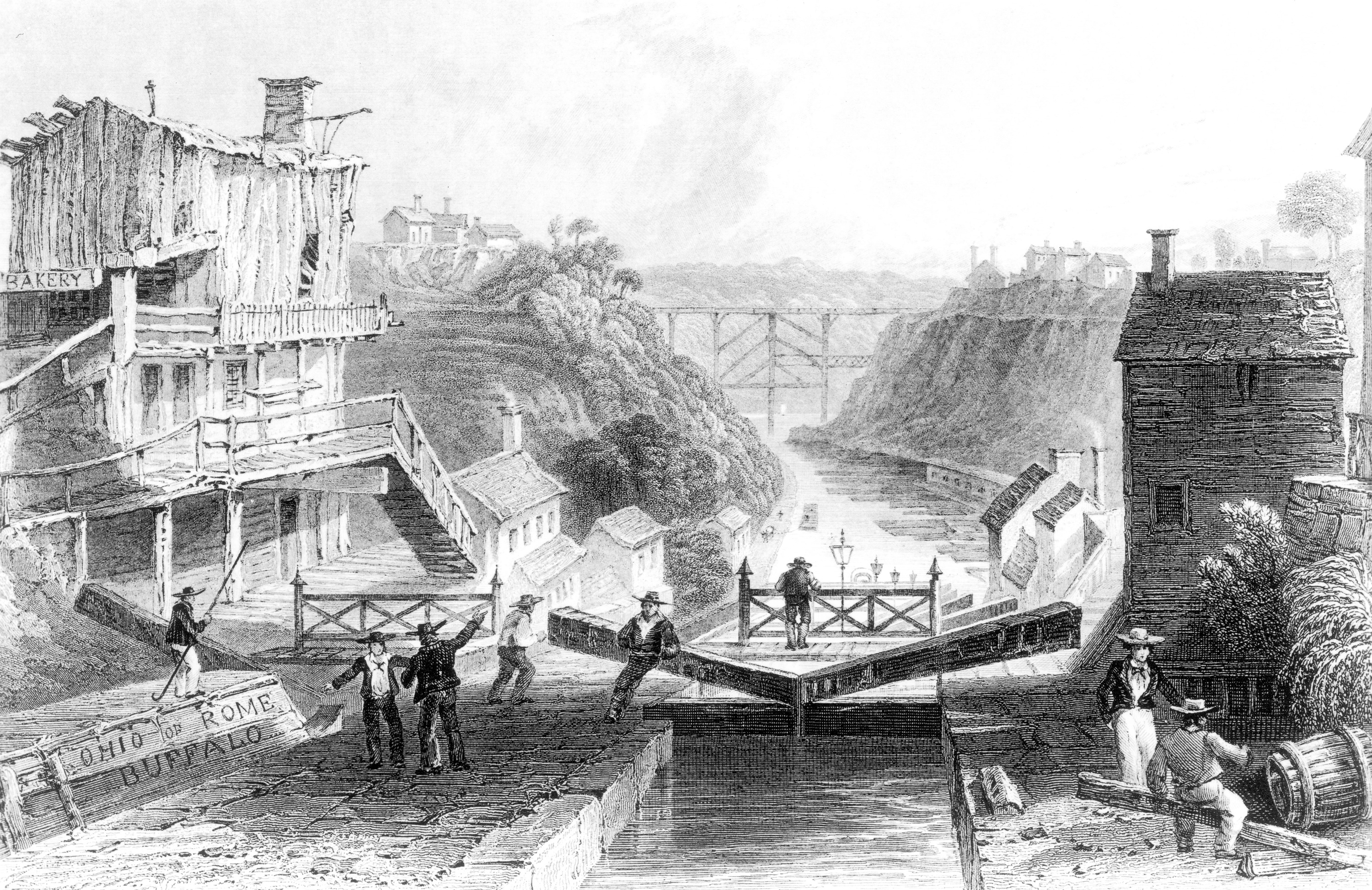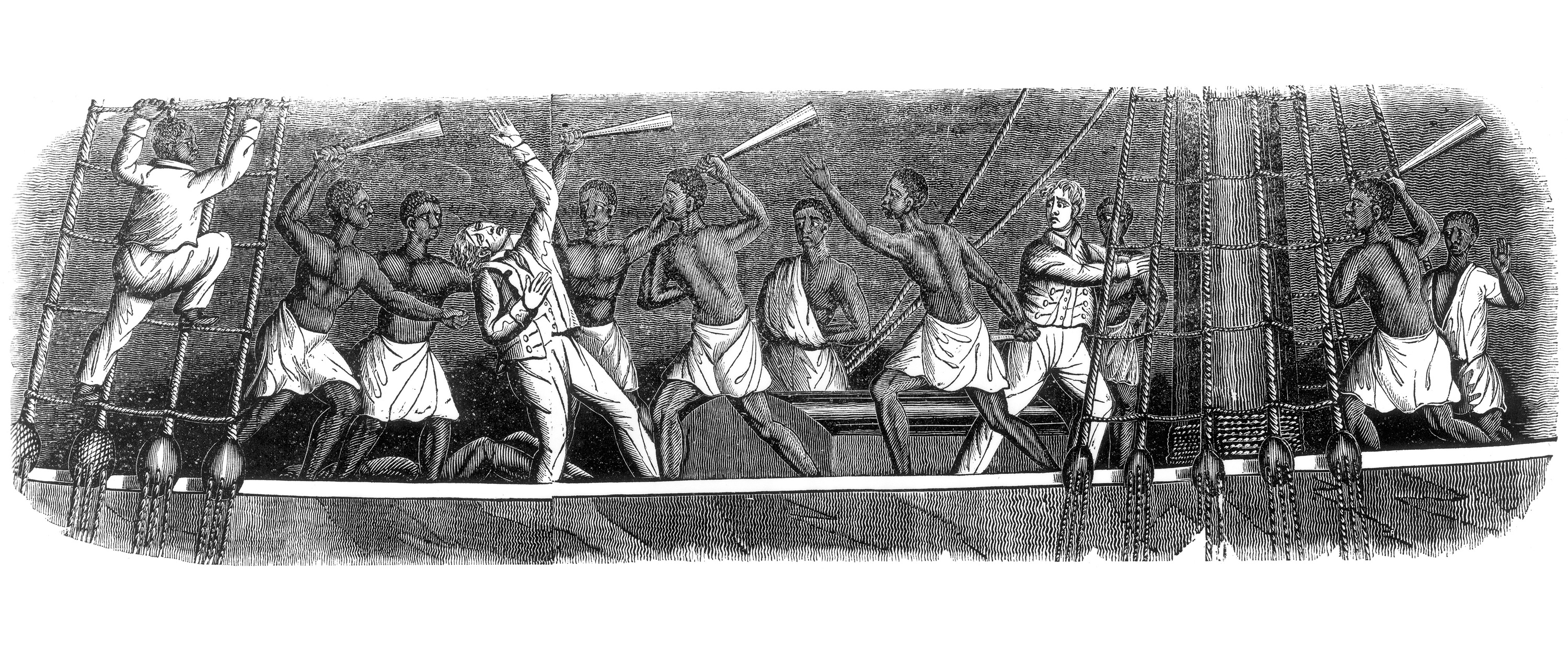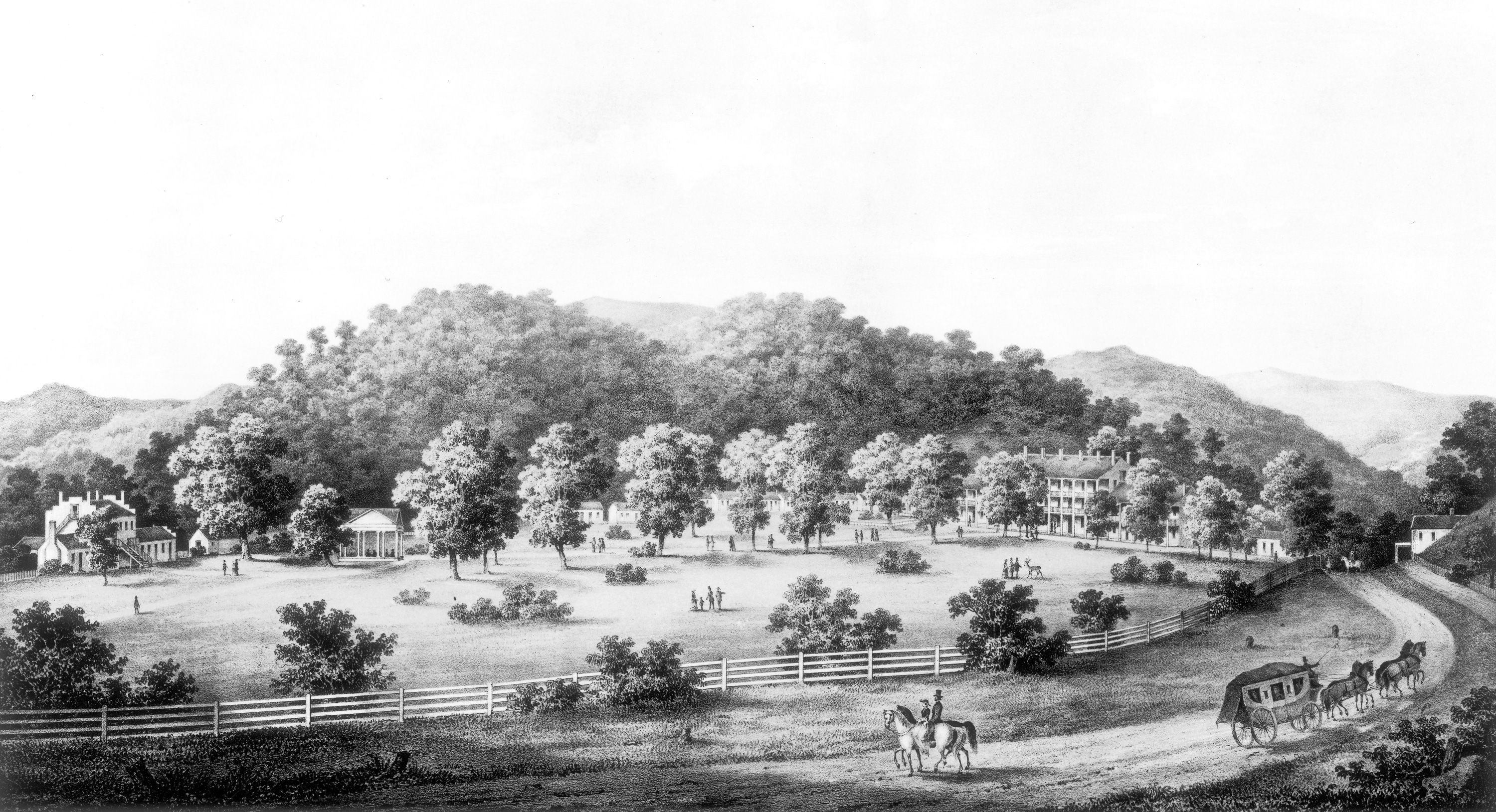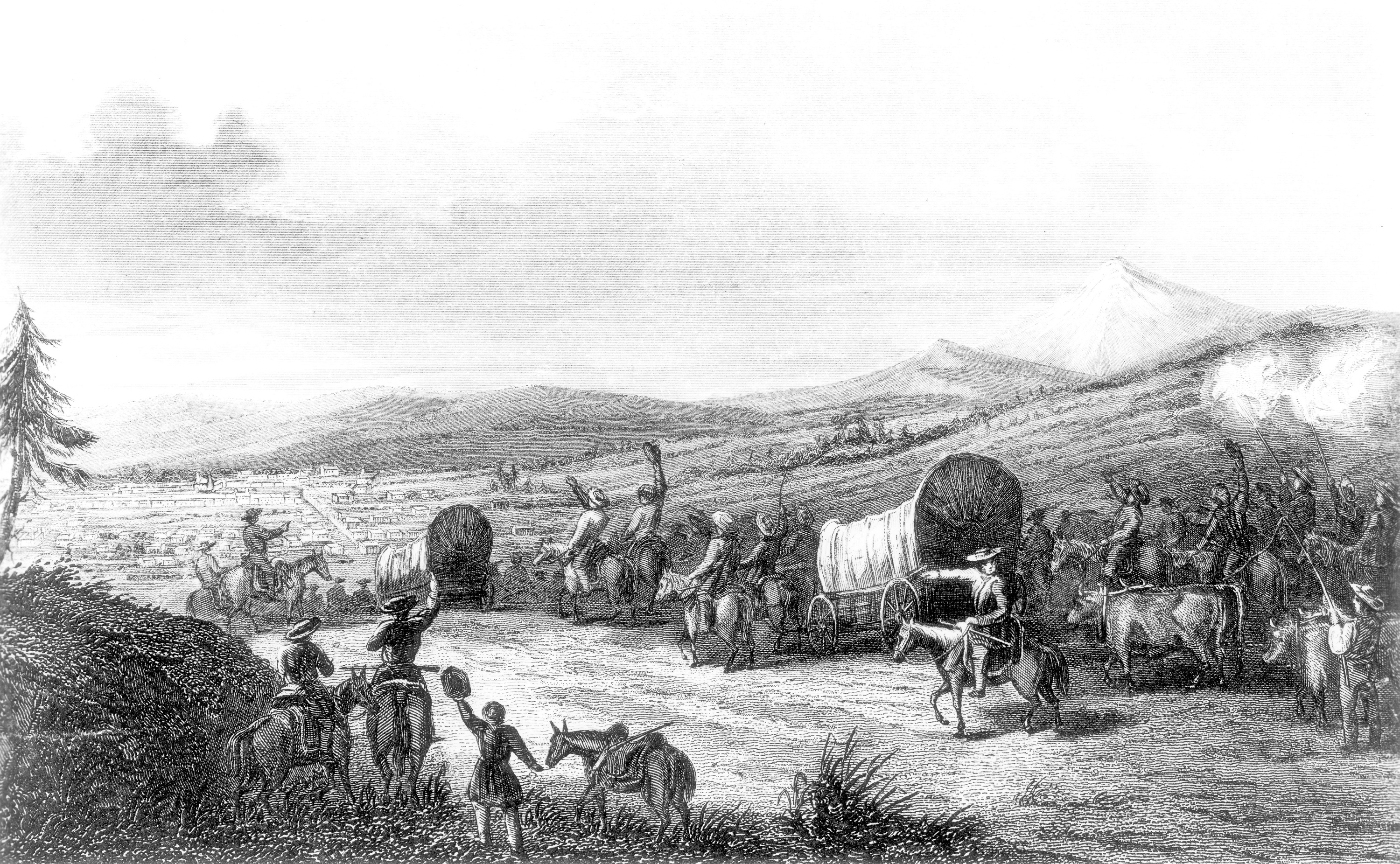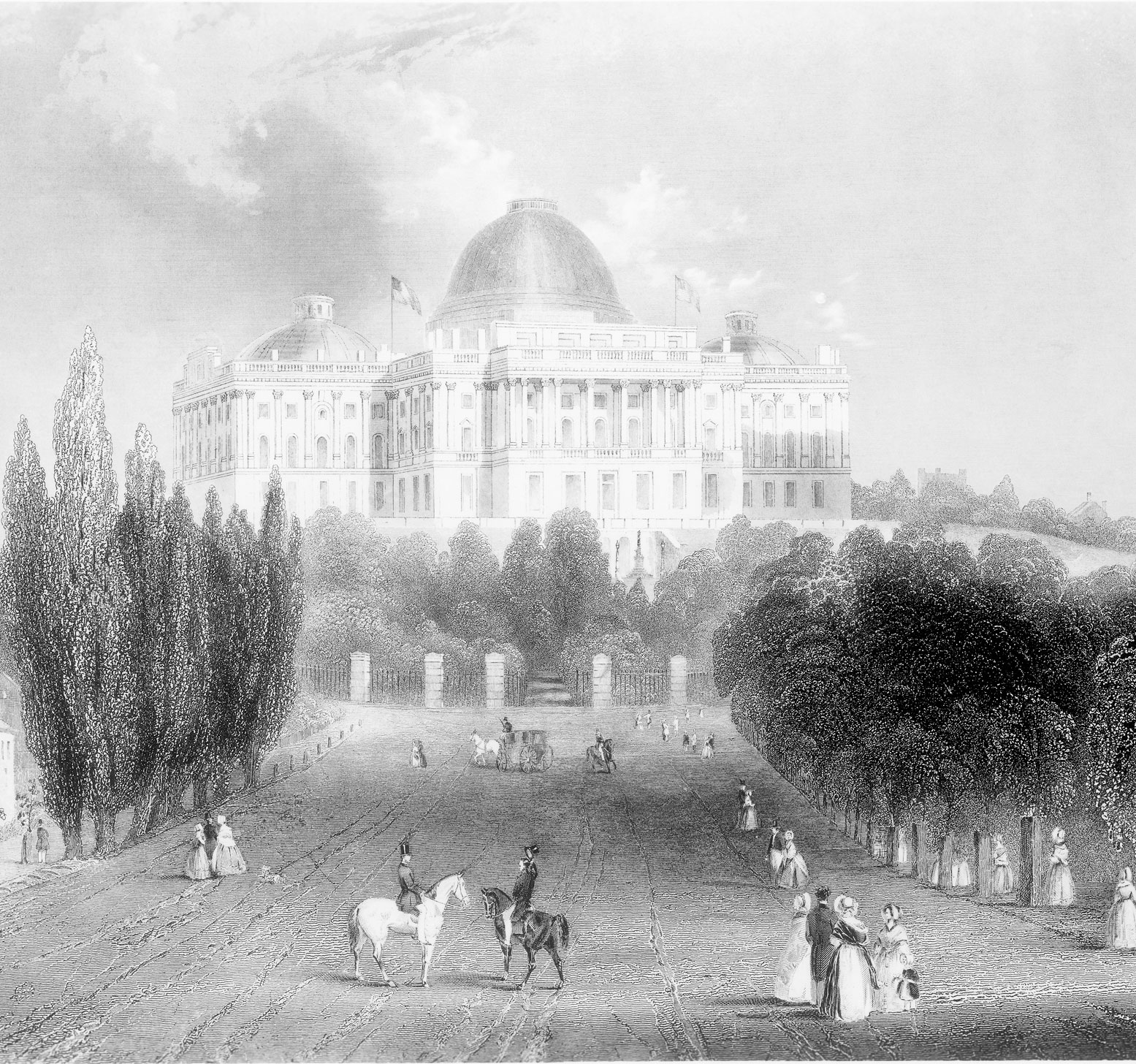Timeline 1815-1851
Following the War of 1812, a stronger sense of national unity emerged in the United States. As America expanded westward, however, attempts to spread slavery into those new territories seriously divided the nation.
Through a series of compromises between 1820 and 1850 that allowed slavery in some new states and not others, legislators in Congress held the Union together. But these agreements, intended to calm bitter regional divisions, didn’t end the dispute. While they bought time for the nation's new political institutions to mature and strengthen, they allowed slavery to continue for another generation. America's expansion also took a heavy toll on Native Americans, who suffered numerous broken treaties as their land was taken and much of their various cultures destroyed.
In the same period, Congress passed legislation to survey routes for roads and canals, funded improvement of rivers and harbors, and created a banking system to promote the nation's economic self-sufficiency. In Washington, the first Capitol building was completed, and then quickly outgrown, as eight new states joined the Union.
